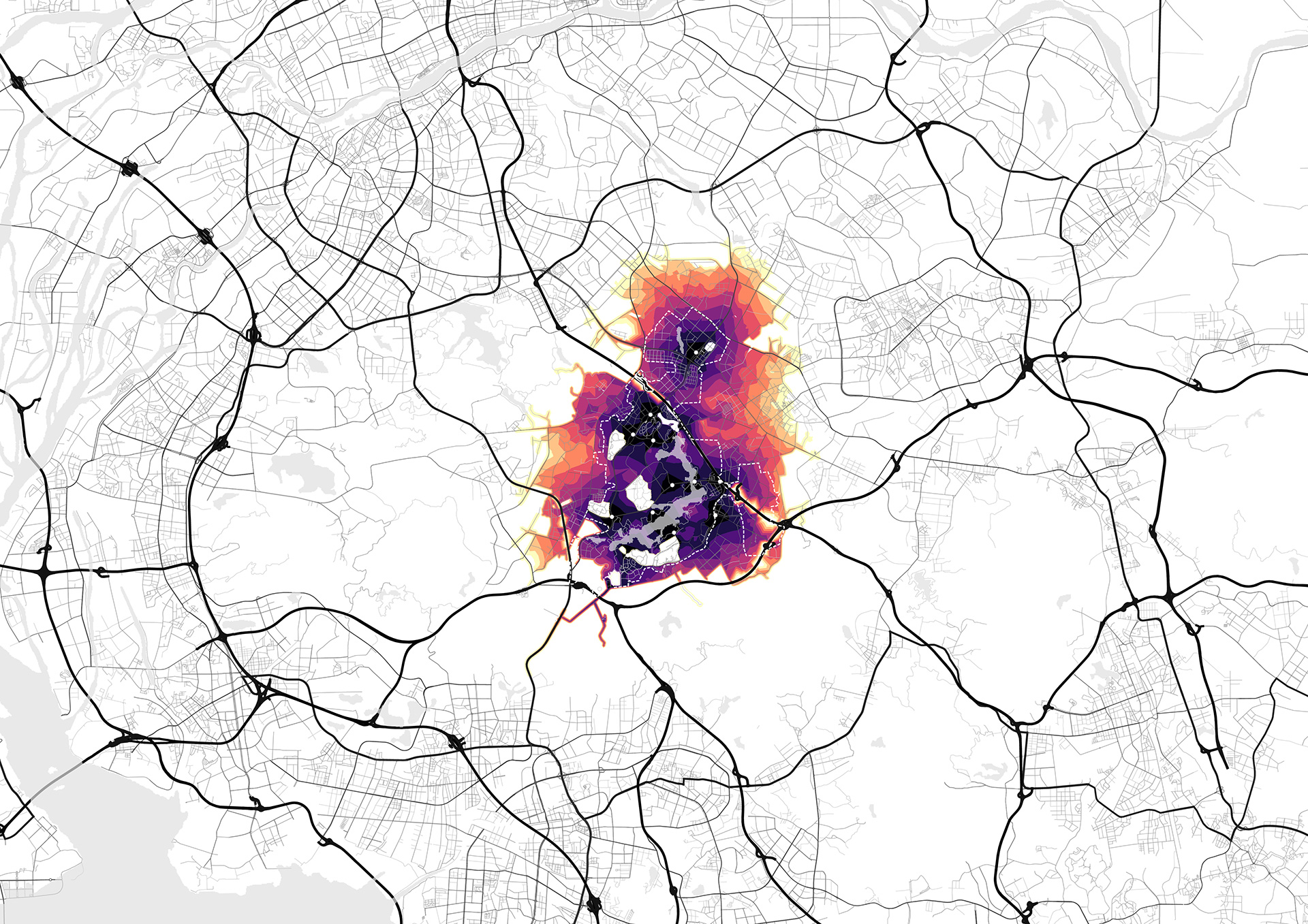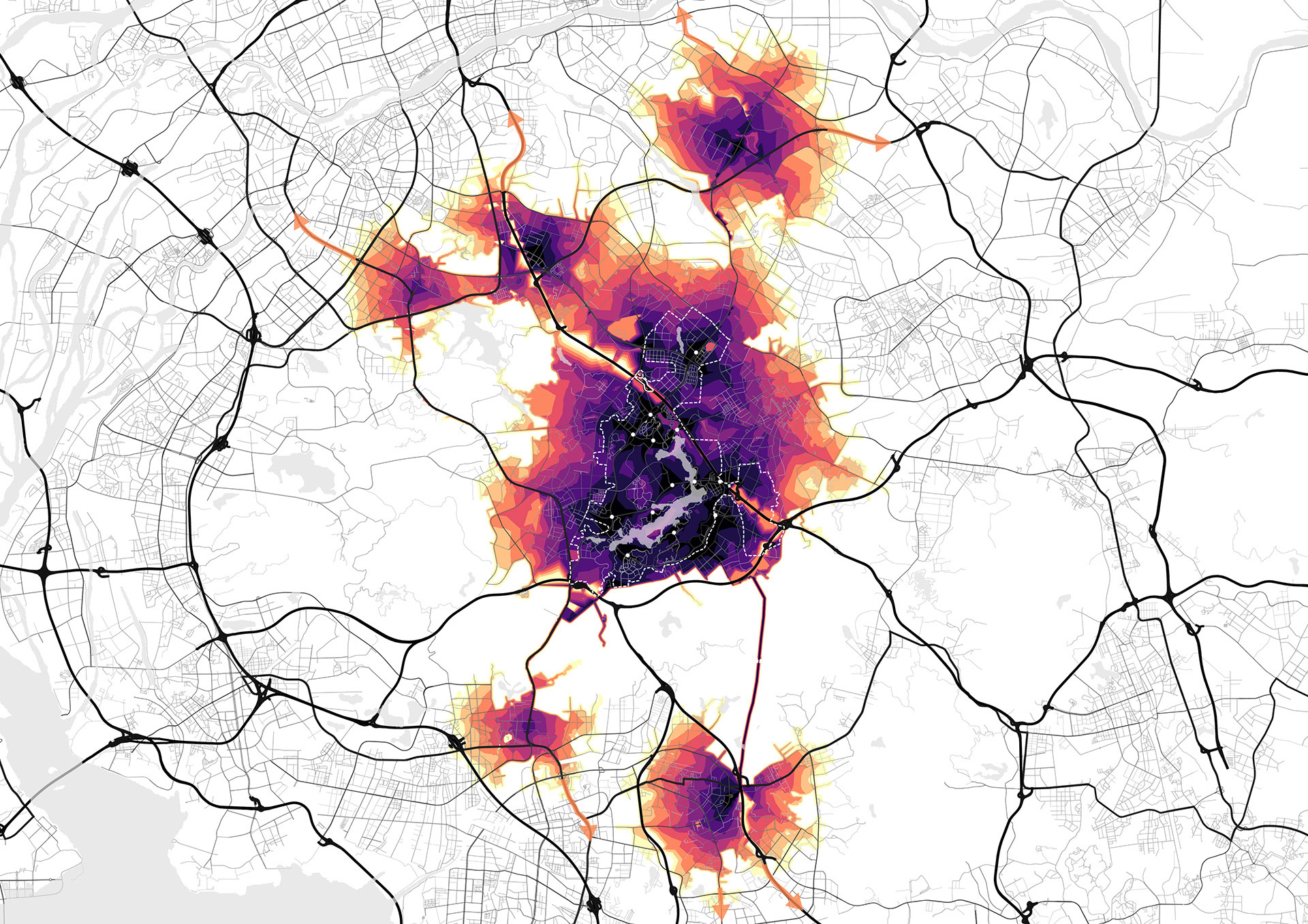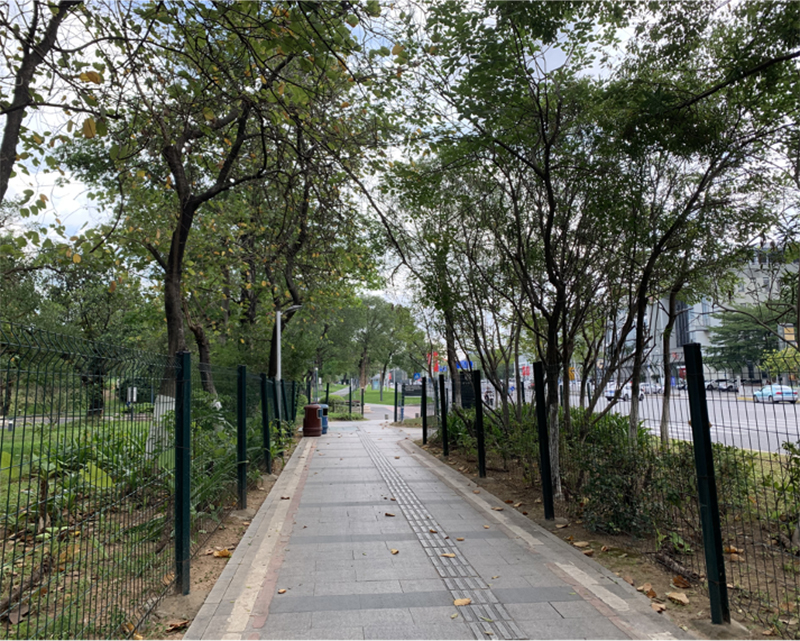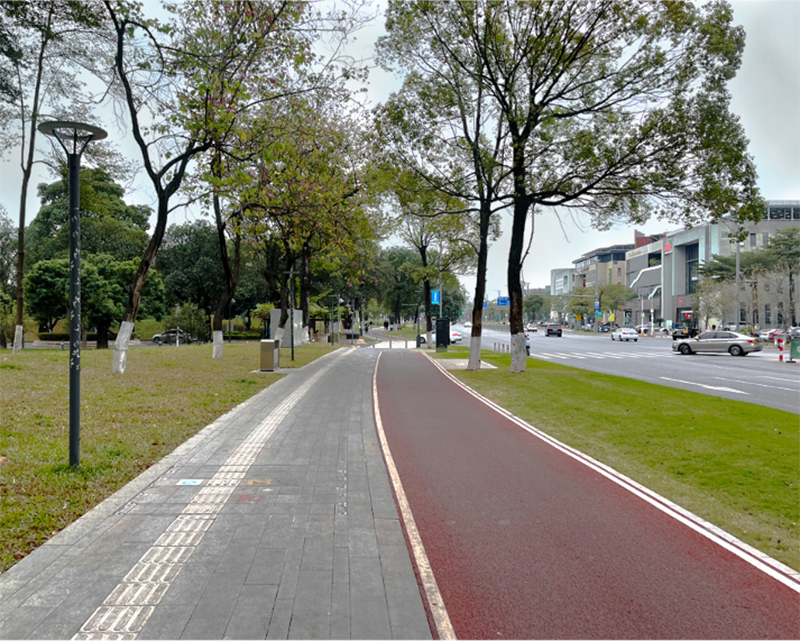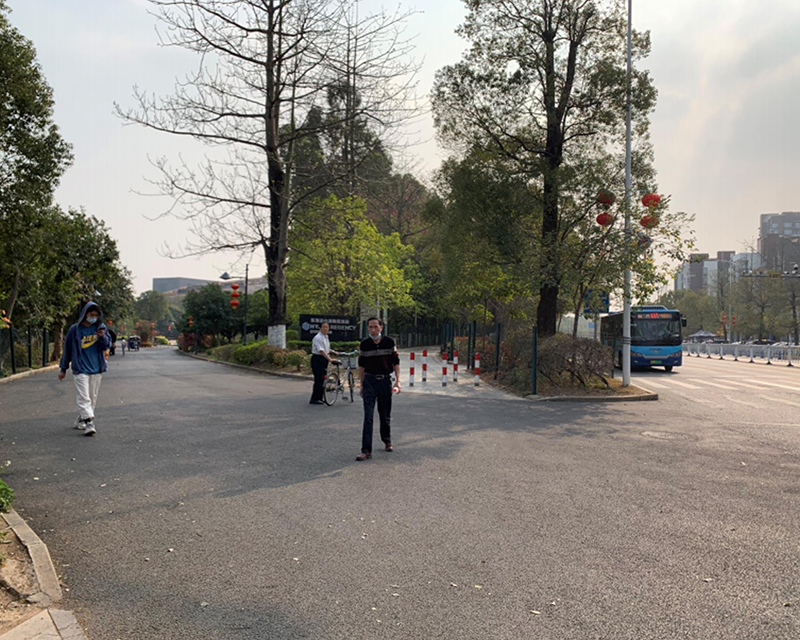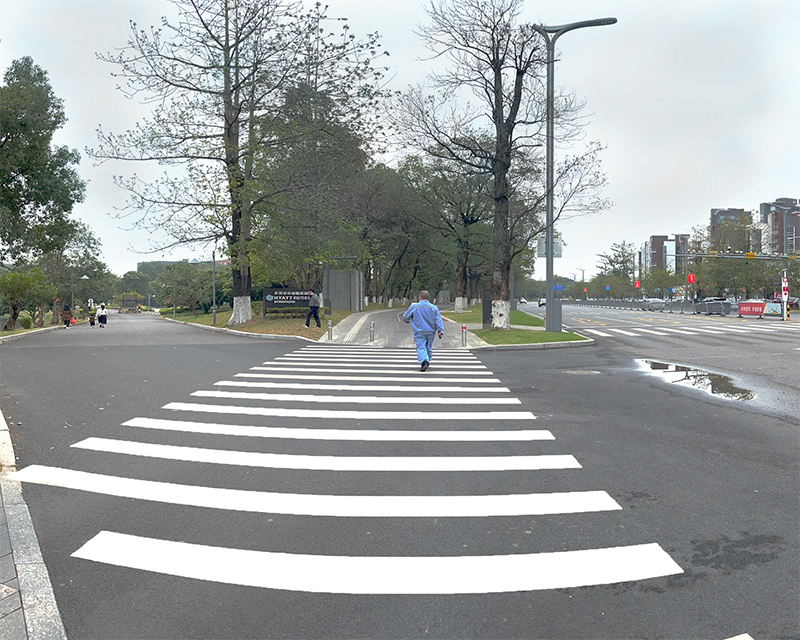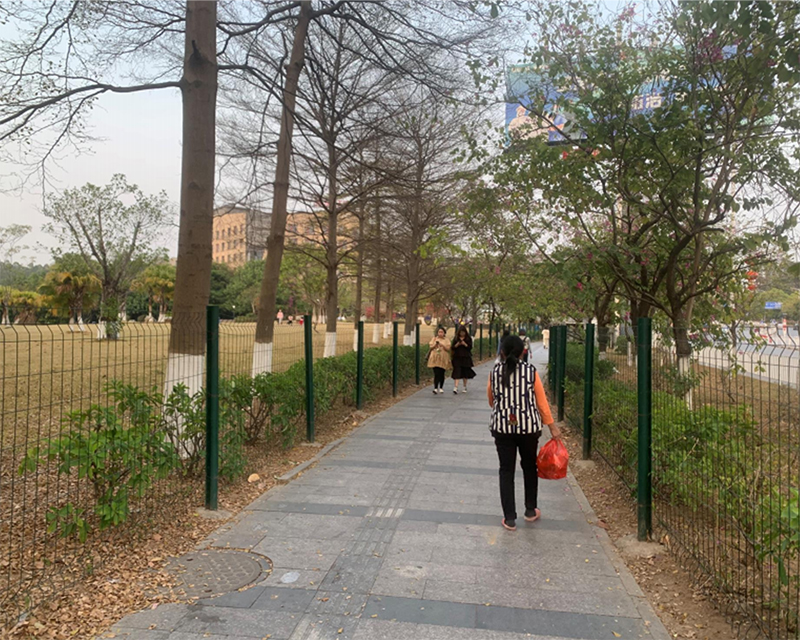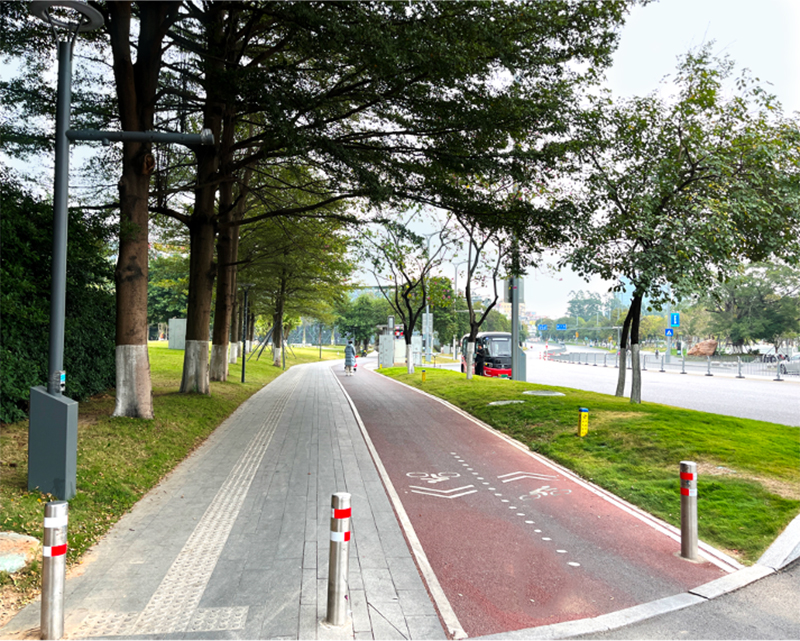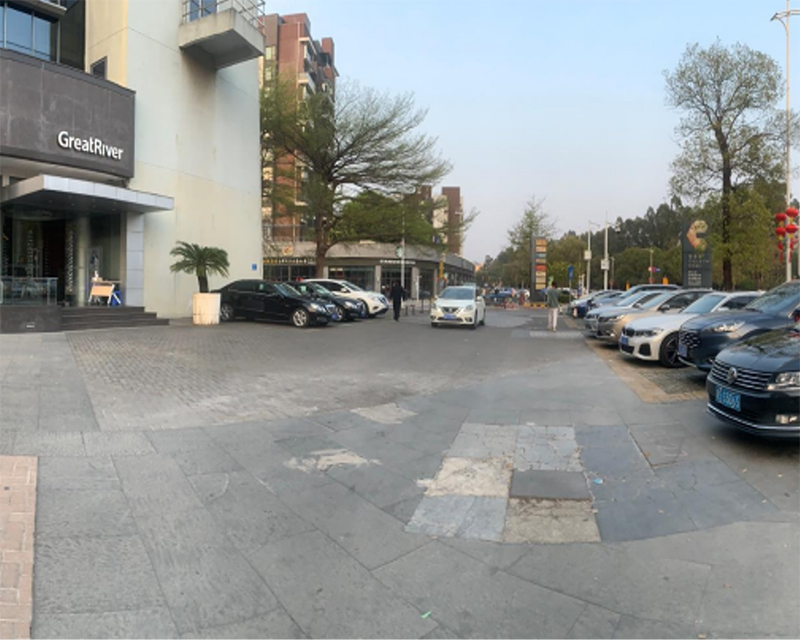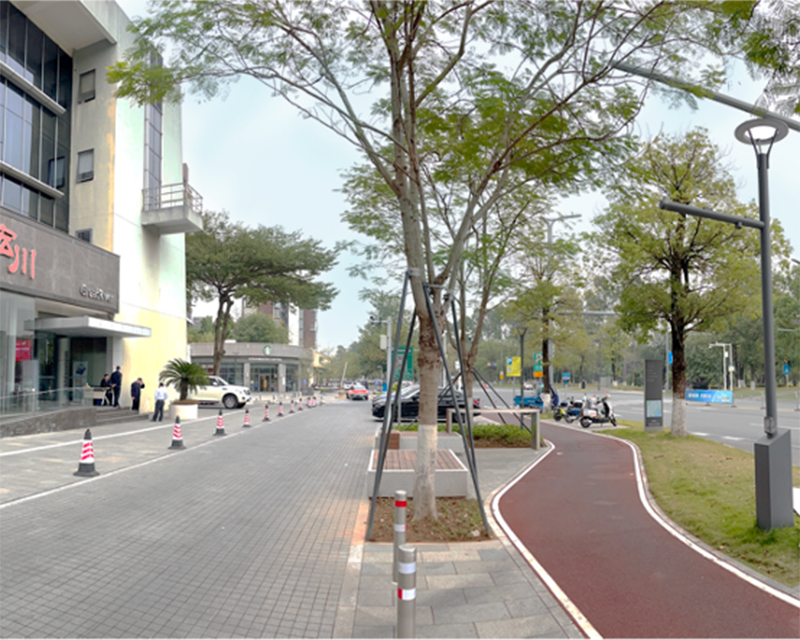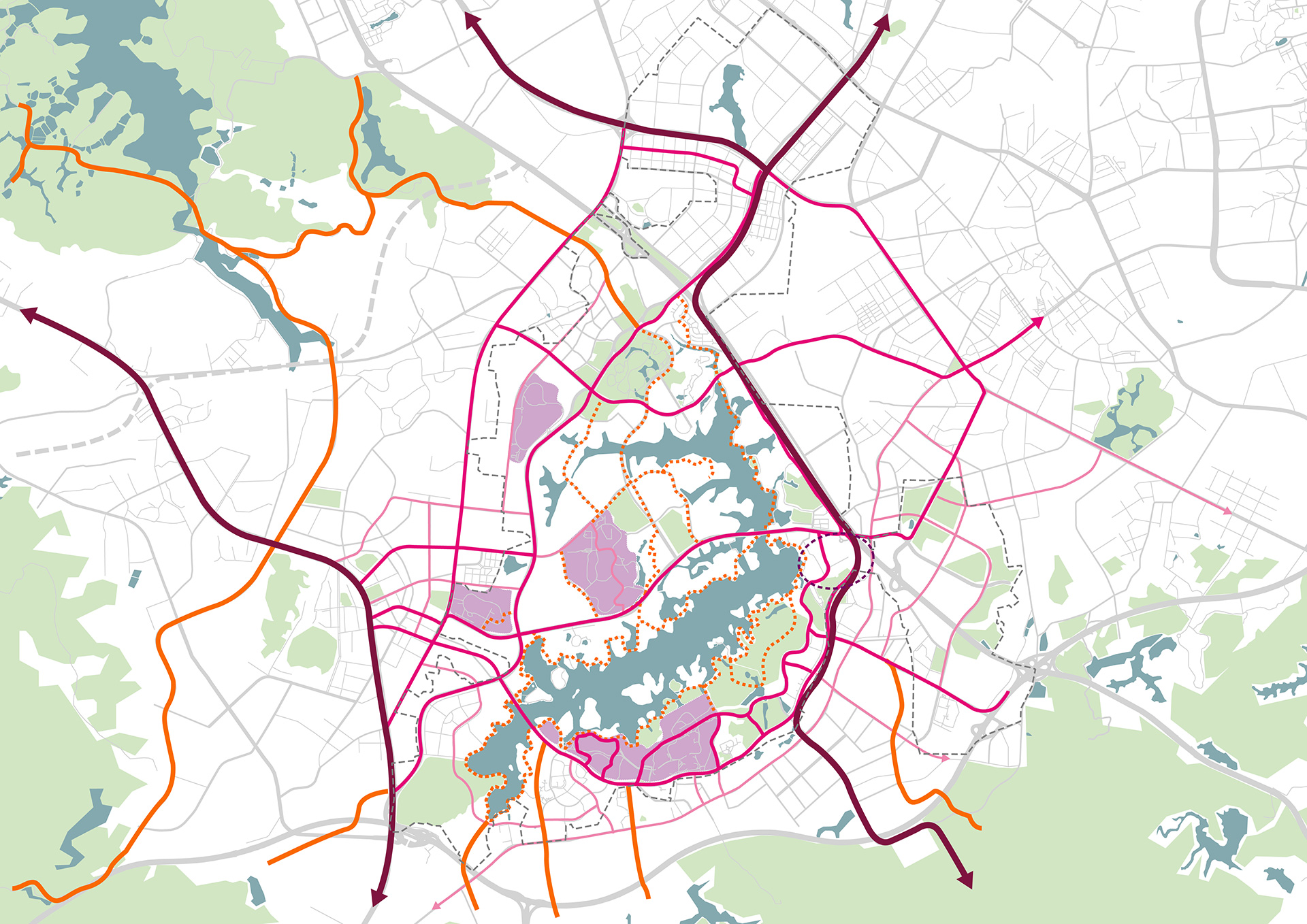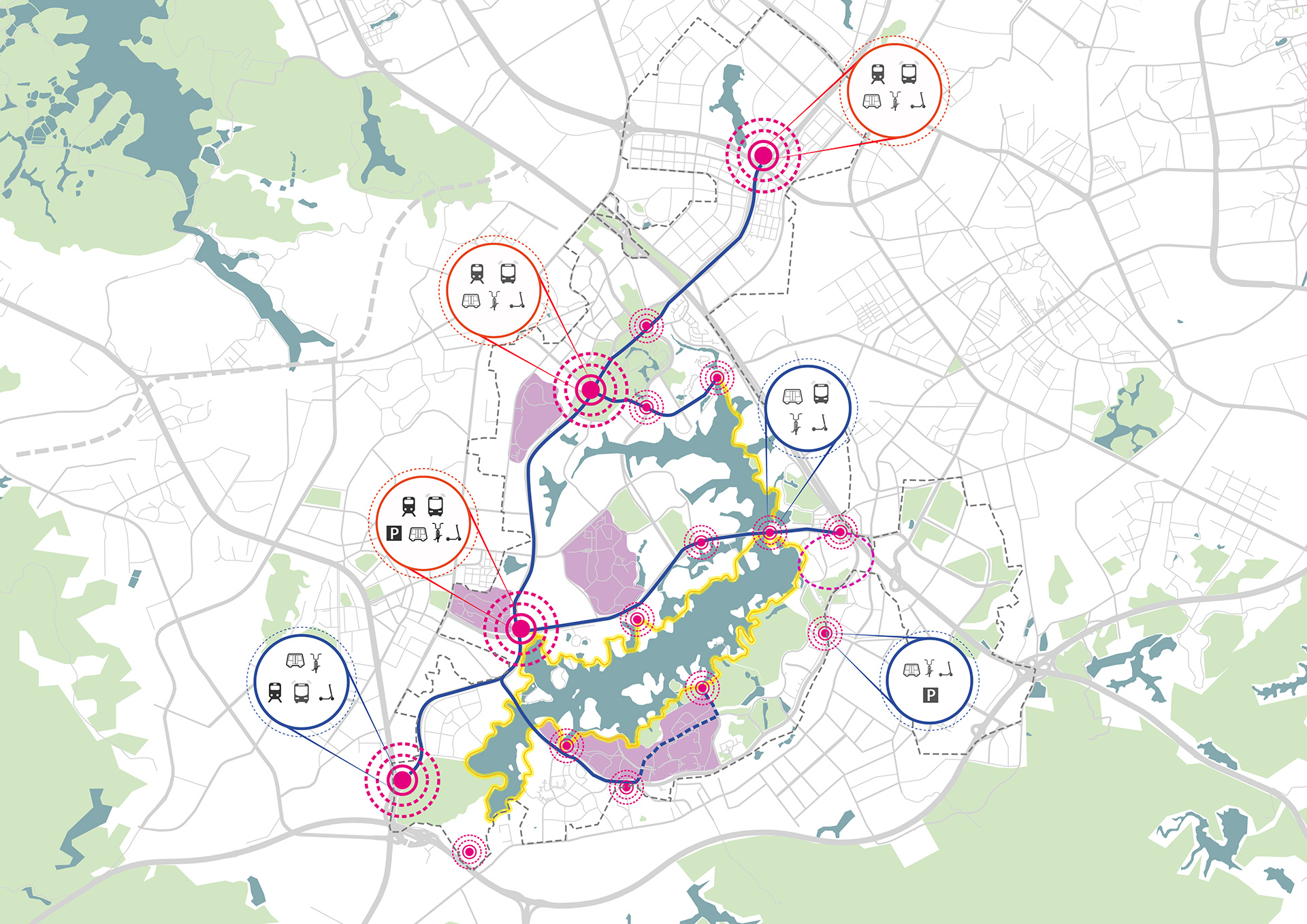Songshan Lake District cycle and pedestrian network
Dongguan, China

Songshan Lake is located in the south-east of Dongguan, China. As a high-tech zone, its potential goals are to promote multiple modes of mobility, strengthen urban development and create a green network.
MIC-HUB collaborated with BLEND, Urban Standards, and the local community to analyse the Songshan Lake District, and to renovate, reshape and activate the slow traffic system in the central urban area.
In the first stage of the Slow Traffic and Mobility System Strategy, Central Park is located on the main axis as a landmark.
The system is used to connect the commuter road network between Central Park, the Songhu TOD Station of Line 1, the Creative Research District, the Cultural and Creative Centre and the lakeside recreation area. This in turn allows the slow mobility system to become part of urban life.
Location
Dongguan, China
Client
BLEND Architect
Main expertise
Cycle and pedestrian network planning
PROJECT HIGHLIGHTS
- A new cycle and pedestrian network
- 134 kilometres of slow mobility systems including high speed cycle lanes, commuter cycle lanes and leisure cycle lanes
- A slow traffic system upgraded, a new vibrant urban green belt
Project gallery
Our contribution
The project has established a new cycle and pedestrian network, with the goal of reducing car usage and promoting sustainable modes of transportation throughout the region.
The idea is to balance the distribution of space between modes and establish a modal hierarchy that prioritises cycling and walking.
With a total length of 134 kilometres, the three levels of slow mobility systems include high speed cycle lanes, commuter cycle lanes and leisure cycle lanes.
Based on a current cycling behavioral analysis in the district, take into consideration of the future developments, MIC-HUB developed a hierarchized bike infrastructure network, aimed to satisfy different user groups and various desired origin-destination connectivities. A series of bike Isochrone analysis have been carried out to simulate and visualize the improved bike accessibility both locally and in wider range.
Other sustainable transportation options were also explored for the Songshan Lake District, including an e-bus fleet and a flexible driverless system. These solutions aim to improve public transport accessibility, provide seamless multi-modal mobility experiences from Songshan Lake's new gateways, and add value to the density around major transport hubs.
The Songshan Lake District pilot project is now completed, this is an important step towards creating a people-oriented and sustainable future.

